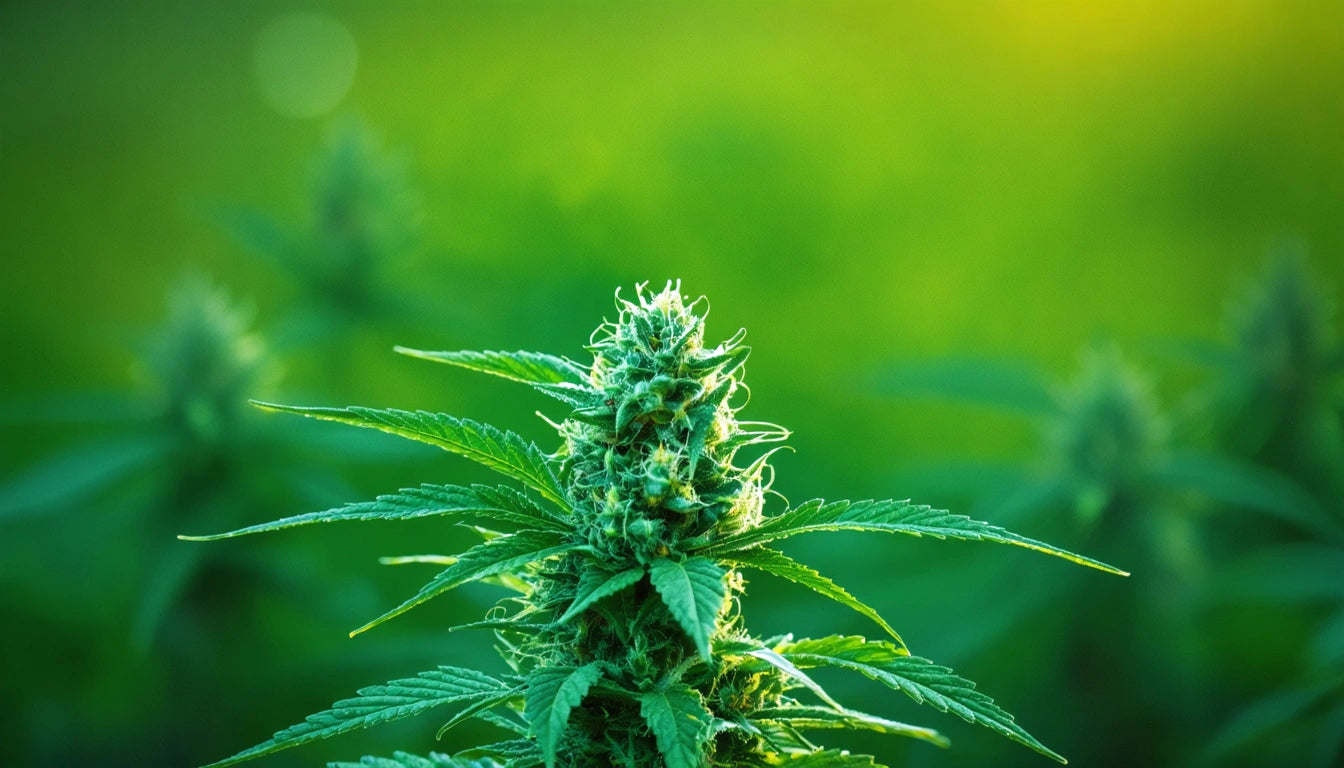Table of Contents
- What is Dry Herb Vaping: The Basics
- How Dry Herb Vapes Work: Technology Explained
- Using Dry Herb Vaporizers: Step-by-Step Guide
- Temperature Considerations for Optimal Experience
- The Smell Factor: Do Dry Herb Vapes Produce Odor?
- Effects and Efficiency: Does Dry Herb Vaping Get You Higher?
- Common Questions About Dry Herb Vaping
- Best Practices for Maintenance and Longevity
Understanding Dry Herb Vapes: How They Work, Usage, and Effects
Dry herb vaporizers have revolutionized the consumption of botanical materials, offering a potentially healthier alternative to traditional combustion methods. As more consumers seek information about these devices, questions arise about their functionality, proper usage techniques, and effects. This comprehensive guide explains what is a dry herb vape, how these devices work, and answers common questions about their use.
What is Dry Herb Vaping: The Basics
Dry herb vaping refers to the process of heating dried plant material to a temperature that releases active compounds without combustion. Unlike traditional smoking methods that burn material at temperatures exceeding 900 °F, dry herb vaporizers typically operate between 320-430 °F, creating vapor rather than smoke.
These devices are primarily designed for cannabis flower, but can also be used with other botanical herbs. While some users do use dry herb vapes with tobacco, they were primarily developed for cannabis consumption. The key benefit is that vaporization extracts compounds without producing the harmful byproducts associated with combustion.
How Dry Herb Vapes Work: Technology Explained
Understanding how dry herb vapes work requires familiarity with their core components:
- Heating chamber (oven) where ground herb is placed
- Power source (battery or butane)
- Temperature control system
- Vapor path and mouthpiece
Dry herb vaporizers utilize one of two primary heating methods:
Conduction Heating
This method involves direct contact between the heating element and the herb. The material touches a heated surface, similar to cooking on a stovetop. Conduction vaporizers typically heat up quickly and are more affordable, but may heat material unevenly unless stirred during use.
Convection Heating
Convection vaporizers pass heated air through the material without direct contact with the heating element. This method, similar to an oven, provides more even heating and often delivers purer flavor. While generally more expensive, convection vaporizers reduce the risk of combustion and produce more consistent results.
Using Dry Herb Vaporizers: Step-by-Step Guide
Learning how to use a dry herb vape properly ensures optimal performance and experience:
1. Preparation
Start with properly dried and cured cannabis. Material that's too moist won't vaporize efficiently, while overly dry herb may vaporize too quickly. Properly dried cannabis should be slightly springy when pressed between fingers.
Grind your herb to a medium consistency. Too fine and it might restrict airflow; too coarse and it won't heat evenly. For commercial operations, specialized filling equipment can ensure consistent chamber packing across multiple units.
2. Loading the Chamber
Fill the chamber loosely without overpacking. Most vaporizers perform best when air can flow through the material. Pack just enough to maintain contact with the heating element while allowing airflow.
3. Temperature Selection
Set your temperature based on desired effects and compounds. Lower temperatures (320-350 °F) favor flavor and lighter effects, while higher temperatures (375-430 °F) produce denser vapor and stronger effects.
4. Inhalation Technique
Take slow, steady draws lasting 5-10 seconds. Unlike smoking, aggressive inhalation doesn't produce more vapor and may cool the heating chamber. Allow 20-30 seconds between draws for the chamber to recover its temperature.
5. Knowing When You're Finished
To know when your dry herb vape is finished, observe these signs:
- Vapor production diminishes significantly
- Flavor becomes less pleasant or takes on a roasted taste
- Material changes color from green to medium or dark brown
Temperature Considerations for Optimal Experience
Temperature plays a crucial role in the vaporization experience. Optimal temperature settings vary depending on your objectives:
- 320-350 °F: Terpene-rich, flavorful experience with milder effects
- 350-375 °F: Balanced vapor production and potency
- 375-430 °F: Maximum extraction and stronger effects
Different compounds vaporize at different temperatures, so temperature control allows users to target specific effects or experiences.
The Smell Factor: Do Dry Herb Vapes Produce Odor?
A common question is "does dry herb vape smell?" The answer is yes, but significantly less than smoking. Vaporized herb produces an aroma, but it's:
- Less intense than smoke
- Dissipates much faster
- Doesn't cling to fabrics and surfaces
- Often described as more herbal and less acrid
The odor primarily comes from the terpenes in the herb rather than combustion byproducts. Higher temperatures produce stronger smells, while lower temperature vaping creates more subtle aromas.
Effects and Efficiency: Does Dry Herb Vaping Get You Higher?
Many users wonder if dry herb vaping produces stronger effects than smoking. While subjective experiences vary, research suggests vaporization can be more efficient for several reasons:
- Combustion destroys approximately 30% of cannabinoids, while vaporization preserves more active compounds
- Temperature control allows targeting specific cannabinoids
- The absence of smoke-related toxins provides a clearer experience
However, the effects may feel different. Vaporized cannabinoids typically produce a cleaner, more cerebral effect that develops more gradually than the immediate impact of smoking.
Common Questions About Dry Herb Vaping
Will Dry Herb Vapes Work With Tobacco?
Yes, dry herb vaporizers can be used with tobacco, though they're primarily designed for cannabis. Tobacco vaporization occurs at similar temperatures to cannabis, but the experience and flavor profile differ significantly.
Are Dry Herb Vapes Different From Oil Vapes?
Dry herb vapes are distinctly different from oil vaporizers or vape pens. While oil vapes use liquid concentrates in cartridges, dry herb vaporizers have chambers designed specifically for plant material. This comprehensive vaping guide explains the differences in detail.
Best Practices for Maintenance and Longevity
Regular maintenance ensures optimal performance and extends the life of your vaporizer. Clean the chamber and vapor path after every 5-10 sessions using the manufacturer's recommendations. Most devices can be cleaned with isopropyl alcohol and cotton swabs.
For commercial operations, implementing a regular cleaning schedule and proper storage protocols will maintain product quality and customer satisfaction. Proper handling of dry herb before vaporization, including appropriate drying and curing techniques, also contributes to the overall vaporization experience.
As technology advances, dry herb vaporizers continue to evolve with improvements in battery life, heating efficiency, and user interface design. Understanding these devices helps consumers make informed choices and enjoy the benefits of this modern consumption method.











Leave a comment
All comments are moderated before being published.
This site is protected by hCaptcha and the hCaptcha Privacy Policy and Terms of Service apply.